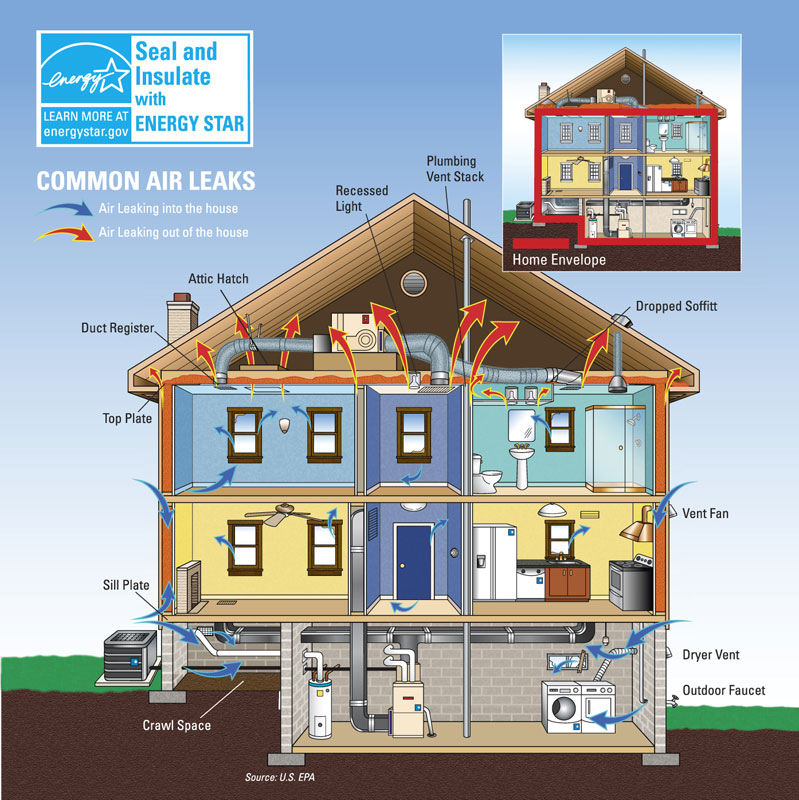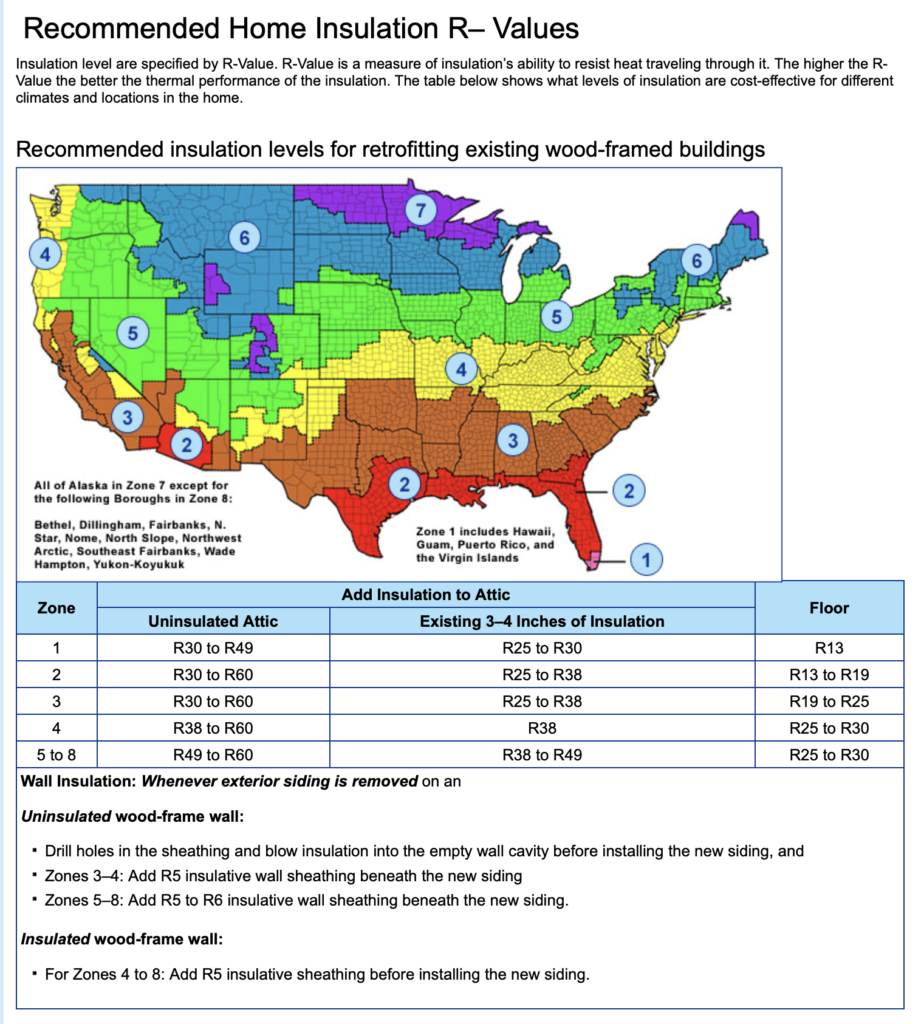Whether you’re planning new construction or a retrofit, knowing the best insulation practices can mean serious energy savings.
According to the US Department of Energy, heating and cooling efforts account for 50 to 70 percent of energy used in the average home. Give your HVAC units a rest by equipping your home with the right insulation.

Insulation Basics
Without adequate insulation, your heating and cooling systems have to work overtime. Air gravitates from warmer to cooler areas until no temperature difference remains. During the winter, the warm air in your house escapes to the attic, basement, garage, or simply outside.
In the summer, hot air invades the cool retreat indoors. Insulation is meant to restrict the flow of heat, helping to reduce energy bills and boost in-home comfort.
R-Values
We know that insulation is essential, but how much do you actually need? The ability of insulation to limit heat exchange is measured as an R-value—the higher the R-value, the stronger the insulation.
R-values work in sums; so if you have one type of insulation sitting on top of another, you can add the R-values together to get your total insulating capacity.
The type of insulation—its material, thickness, and density—will determine the R-value. Not every house requires the same R-value, however.
The type of home, the year it was built, the heating and cooling systems used, and the surrounding climate will all factor into determining the appropriate R-value needed for your home.
In other words, what’s best for your home may not be what’s best for your neighbor down the street, let alone your parents who live two states away. Thankfully, the US Department of Energy and ENERGY STAR have resources for calculating the right R-value for your home.

Insulation Types and Placement
Loose Fill
Often referred to as “blown-in” insulation, loose fill works well for attic floors, wall cavities, and hard-to-reach places. Loose fill settles after installation, reducing its overall effectiveness.
However, the designated R-value of any loose fill should measure the insulation’s resistance to heat exchange after settling has occurred. When blowing loose fill into an open wall cavity, adhesives can be added to reduce settling.
Keep in mind that insulation will not perform up to its stated R-value if it is compressed. Avoid placing heavier insulation blankets on top of loose fill.
Fiberglass is the most common type of loose fill used in Atlanta homes today.
Considered a “green” option, fiberglass is made from sand and can be easily recycled and does not contain harmful chemicals.
Blanket or Batt Insulation
Available as batts or in rolls, these precut fiberglass blankets fit standard widths between wall studs and floor joists.
During new construction, fiberglass batts are placed between wall studs before adding sheetrock on top. They can be individually cut to accommodate irregularities such as the location of electrical switches, outlets, and windows.
If you are remodeling and the cavities will be exposed, batts can be easily added.
Rebates
Make sure to check your local utility company for energy rebates.
An insulation professional can help determine which way the vapor barrier should face based on your specific climate and heating and cooling setup.
Aladdin Insulation provides free energy assessment and evaluation to determine what your home needs and family deserves in comfort, safety and energy savings. 678-528-7115 or aladdininsulation.com